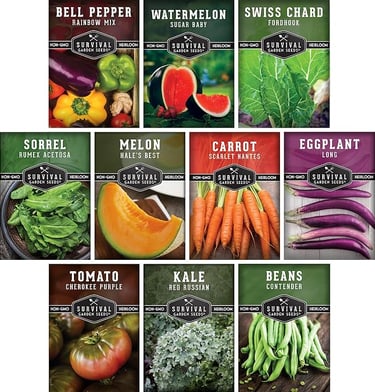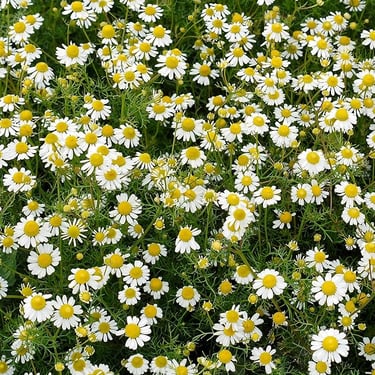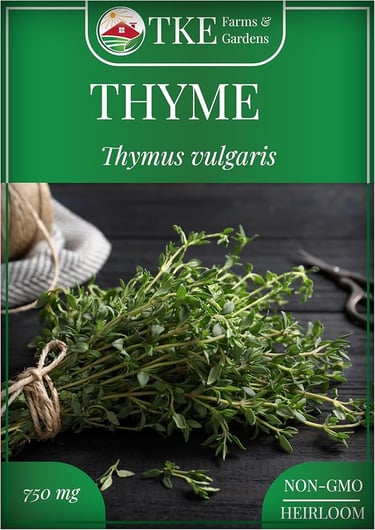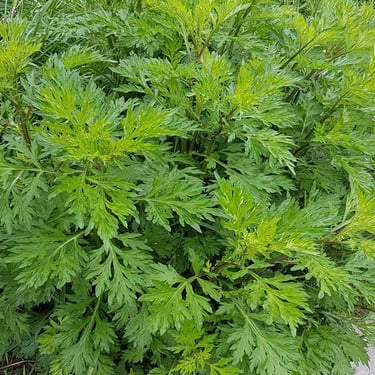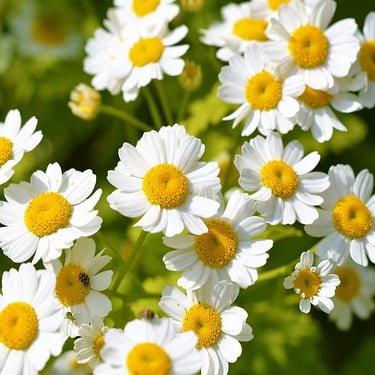How to Keep Outdoor Plants Alive During a Heatwave (Even When It’s Blazing Hot)
Worried your garden won’t survive the heatwave? Discover simple, effective tips to protect your outdoor plants from extreme summer heat and keep them thriving.
GARDEN


When the sun’s beating down, the last thing you want is to see your once-thriving garden wilt under the pressure. Heatwaves aren’t just uncomfortable for us—they can be downright deadly for your plants. Leaves droop, flowers shrivel, and soil dries up faster than you can say “hosepipe ban.”
But don’t worry, you don’t have to wave goodbye to your begonias or sacrifice your succulents. With a few strategic moves, you can help your outdoor plants survive (and even bounce back stronger) during extreme summer heat.
Here’s how to keep your garden alive and well when the temps are off the charts:
1. Water Wisely—Not More, But Smarter
During a heatwave, it’s tempting to water more often, but timing is everything.
Water early in the morning (ideally before 9 AM) or late in the evening. This reduces evaporation and gives roots time to absorb moisture.
Deep watering is better than frequent light watering. Aim to soak the soil thoroughly at the root zone.
Use mulch (like straw, wood chips, or compost) to lock in moisture and keep roots cool.
2. Shade, Please!
Some plants just can’t handle full sun all day long in 35°C (95°F) weather.
If possible, move potted plants to shadier spots—under a tree, awning, or patio umbrella.
For in-ground plants, create temporary shade with:
Garden fabric
Old bed sheets draped over stakes
Shade cloth from your local garden center
Even a few hours of shade during peak sun (11 AM–4 PM) can make a huge difference.
3. Don’t Fertilize During a Heatwave
Heatwaves put plants into survival mode, not growth mode. Fertilizing during this time can stress them out further and may even burn their roots.
Hold off on feeding until temperatures return to normal.
Instead, focus on supporting your plants’ recovery with compost tea or a seaweed-based tonic once the weather cools.
4. Prune Strategically
It might feel wrong to snip back your plants when they’re already struggling, but in some cases, a light trim can help.
Remove dead or scorched leaves and flowers so your plant doesn’t waste energy trying to repair them.
But be cautious—avoid heavy pruning, which can expose inner foliage to more sun and heat.
5. Group Pots Together
Pots dry out faster than garden beds, especially terra cotta or small containers.
Cluster potted plants together to create a microclimate of shade and humidity.
You can even place them on a tray filled with water and pebbles to help maintain moisture around their roots (without drowning them).
6. Check Soil Daily—But Don't Panic
Just because the top looks dry doesn’t mean the roots are parched.
Stick your finger into the soil about 5 cm (2 inches). If it feels dry at that depth, it’s time to water.
Avoid overwatering—it can be just as harmful as too little, especially in already stressed plants.
7. Accept a Little Leaf Drop
Even healthy plants may shed some leaves to conserve water. This is a natural defense mechanism.
Don’t assume your plant is dying just because it’s looking sparse—look at the stems and new growth for signs of life.
Bonus Tip: Choose Heat-Tolerant Plants for the Future
If heatwaves are becoming the new norm where you live, it may be time to rethink your plant choices.
Consider Mediterranean herbs (rosemary, lavender), succulents, native plants, or drought-tolerant shrubs that naturally cope better with heat.
This post may contain affiliate links and I may receive a commission for purchases made through links.
Keeping outdoor plants alive during a heatwave isn’t about doing more—it’s about doing the right things at the right time. A little preparation, observation, and care can make all the difference between a fried garden and one that bounces back stronger once the weather cools.
So grab your watering can, find some shade, and let your green thumb do its magic—even when the sun won’t quit.

